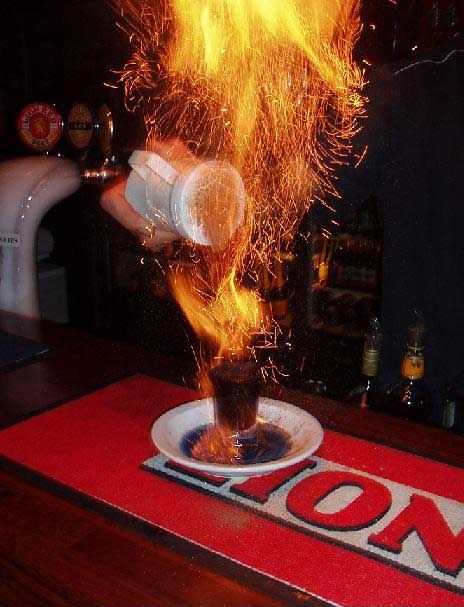

I awoke today with a slight sadness as this was my last day in Hamilton before I had to continue on my way. As such I had time to fit in one last activity before I had to start my drive. Since I had been in Hamilton I had been bombarded with suggestions most of which I must admit came from more mature residents of the city to visit the Hamilton Gardens the city's number one attraction, I had initially discarded the option feeling it did not fit in with the youth tourist experience. However with time running out and the knowledge it was free I caved in and took the short walk down to the gardens to see what all the fuss was about.
I can truly say I am glad I did, I was generally surprised by the gardens especially the themed gardens which were stunning with my favourite being the Japanese garden, which provided me with a Zen moment and allowed me to reflect on my time in Hamilton.



I had a great time in Hamilton, interacting with the locals, enjoying the beautiful scenery, experiencing the nightlife and cuisine. I felt I had achieved an insight into youth tourism and the investments they place in their tourism practices and the importance it plays in their own constructions of identity. This search for cultural capital which was regulated by this quest for authenticity and "real" experiences dominated my interactions and experiences as one of the most important aspects of youth tourism. This worked to ensure travel was done the "right" way and thus allowed valued cultural capital to be gained and constructions of social and class based identities not to mention self identities to be constructed from the experience, making the youth tourist experience of great importance. As Munt puts it travelling acts as an "important informal qualification with the passport acting, so to speak as professional certification, a record of achievement and experience" (Munt, 1994, pg.112).





 I was glad to be staying in the flat as it provided me with an insight into the perspective and the lives of the locals, allowing a true feel of what its like to live in Hamilton, this worked to further my viewpoint of any claim to "really" know a place is claiming to get behind the scenes (Desforges, 1998).
I was glad to be staying in the flat as it provided me with an insight into the perspective and the lives of the locals, allowing a true feel of what its like to live in Hamilton, this worked to further my viewpoint of any claim to "really" know a place is claiming to get behind the scenes (Desforges, 1998).



 On a serious note, the local nightlife plays a big part in youth tourism, experiencing the exciting and vibrant city culture which is know more evident than at night. The night time economy is riddled with space and place relations. In terms of Hamilton the bars, clubs provide a space in which tourists can interact with locals and are highly valued. A lot of the venues are set up to encourage the tourists presence, especially youth who in terms of geographies of space hold a lot of power in the night time economy, with it traditionally being seen as their spatial place of interaction.
On a serious note, the local nightlife plays a big part in youth tourism, experiencing the exciting and vibrant city culture which is know more evident than at night. The night time economy is riddled with space and place relations. In terms of Hamilton the bars, clubs provide a space in which tourists can interact with locals and are highly valued. A lot of the venues are set up to encourage the tourists presence, especially youth who in terms of geographies of space hold a lot of power in the night time economy, with it traditionally being seen as their spatial place of interaction.





